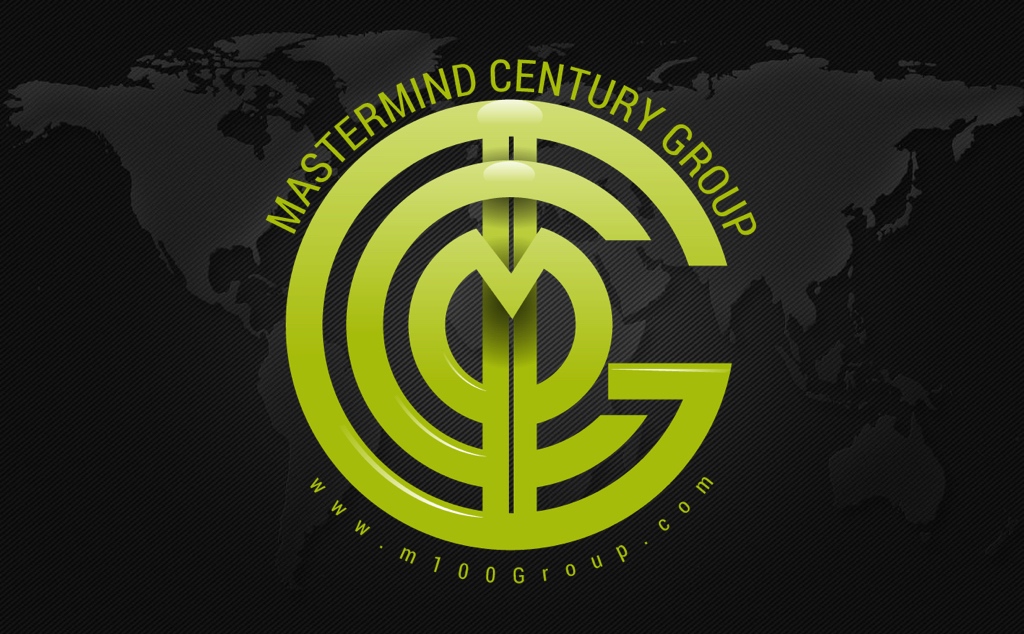We start every year in our leader development course by asking students to define leadership. The answers are usually surprisingly similar—especially when it comes to our Army students—Soldiers can always quote the Army Doctrinal definition. The Army defines leadership as influencing people by providing purpose, direction, and motivation, while operating to accomplish the mission and improve the organization.

The Marines have MCWP 6-11: Leading Marines that every Marine seems to be familiar with.
The USAF and the Navy usually come up with some individual definitions that revolve around mission, purpose, caring for people, vision, etc.
But, I am a simple guy—I love Einstein’s quote:
“Everything should be made as simple as possible, but no simpler.”
Simple…“Leadership is influence – nothing more, nothing less.” The quote is usually attributed to John Maxwell. The quote nicely sums up leadership.
The Army has influence in their definition of leadership and it makes me wonder—how do we measure leadership or influence in a massive bureaucracy like the US military? The things that people can manage are usually tangible and measurable. They provide concrete evidence. We can logically evaluate them before making decisions.
But if leadership is influence, it is really a game of intangibles. What could be more intangible than influence? As leaders we deal with things like morale, motivation, momentum, emotions, attitudes, atmosphere, and timing. How do we measure timing before we do something? How do we put our finger on momentum? It’s all very intuitive. To gauge such things, we have to read between the lines. Leaders have to become comfortable—more than that, confident in dealing with such things.
Many times the problems leaders face in organizations are not the “real” problems. For example, let’s say an maintenance squadron is having a tough time getting aircraft back in the air. Their problem isn’t necessarily a wrench turning problem. The deficit is only evidence of the actual problem. The real problem may be the morale in the unit, or timing, or the attitude of the organization’s leader. Strong leaders learn to focus on such things.
It does not take much to focus on measuring the output of the organization as a supposed measure of leadership. If an organization gets all their paperwork in on time, jets back into the air on time, members deployed on time—it stands that the organization must have an exceptional leader. Does this logic work for leaders in bureaucratic organizations? How should we measure leadership—asking for a friend of course.


